A tropical nirvana in which azure waters tirelessly lap Antigua's 365 powdery sanded beaches. There is more to do than leave footprints in the sand, however. Come take a look at our carefully curated list of the best things to do on the beautiful island of Antigua.
Popular attractions & excursions in Antigua
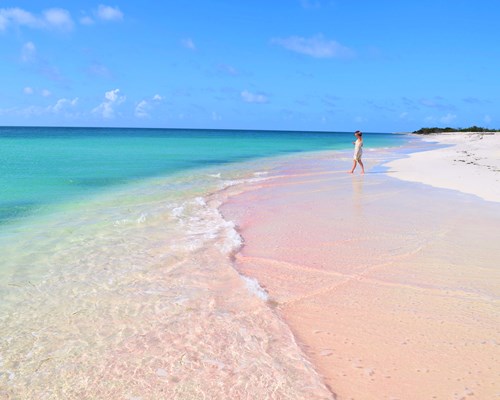
Barbuda excursion
A 90-minute ferry ride on The Barbuda Express departs from the pier at the end of Long Street in St John’s, or you can take a 15-minute flight from the airport with ABM Air, which flies twice a day. A day trip to Barbuda offers an unforgettable experience of an island with minimal tourist development. Visit the Frigate birds at the lagoon, explore the historic Codrington Village, and take a guided hike or bike ride to see the ruins of a house and castle. Or just while away as many hours as humanly possible on the deliciously long, pink-tinged sands of Low Bay beach.
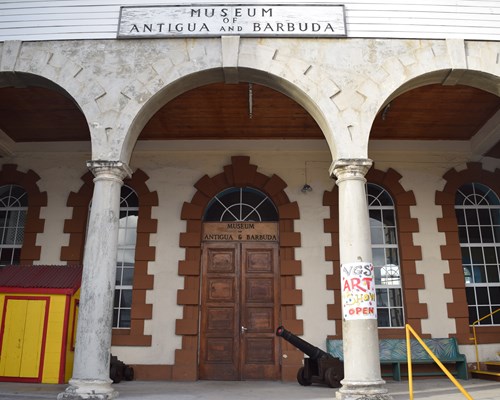
Museum of Antigua & Barbuda
Located in downtown St John’s in one of the island’s oldest buildings, the neoclassical courthouse, the museum showcases the nation's history spanning thousands of years. Exhibits cover the formation of the islands, their ecosystems, early settlers, slavery, and independence. The museum also features a charming gift shop offering locally made arts and crafts.
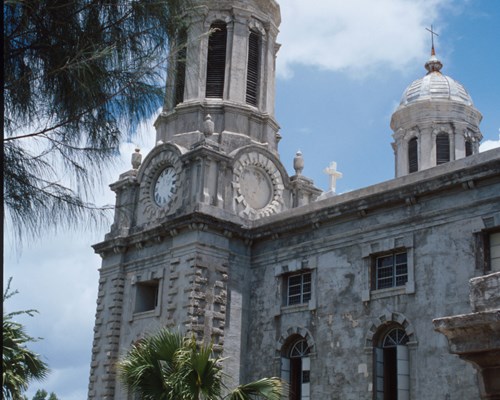
St. John’s Cathedral
This isn’t the first St John’s to stand in this spot. The original church – a wooden structure built in 1681 - was replaced by a bigger stone building in 1720, and St. John’s church became St. John’s cathedral in 1842. The exterior is Baroque style, with twin towers that look over the capital.
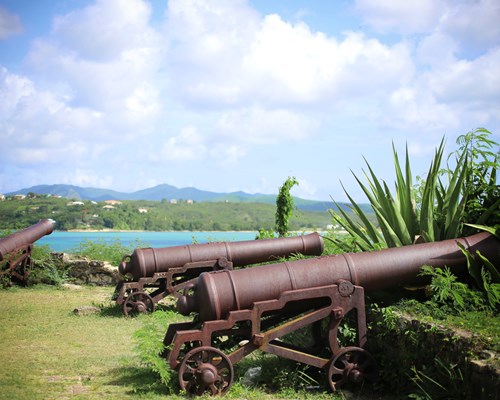
Fort James
While Antigua’s other forts sold their cannons for scrap, the cannons of Fort James – on the north entrance to St John’s Harbour - are still in place. A spectacular example of how the island was protected from invasion in colonial times, the cannons weigh a socking 2.5 tonnes and took over ten people to move.
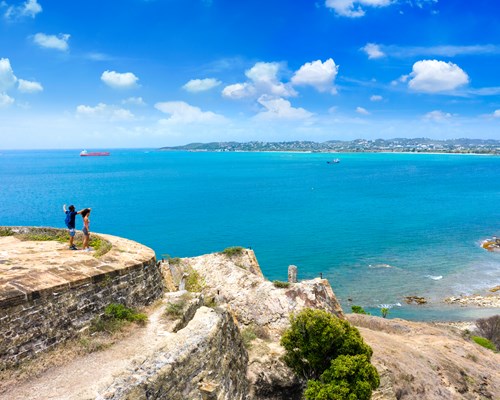
Fort Barrington
Fort Barrington is positioned on a hill to the south of St John’s harbour, and unlike all other forts in Antigua, this site actually saw some military action. Prince Rupert seized it in 1652 to try and claim the island for the Royalists, then the French fought to fly their flag here in 1666. The parts you can see today belong to the fort that was reinforced in 1790 to protect from more attacks from the French. Remains include parts of the gun platform and powder magazine, while the views are as beautiful and far-reaching as ever.
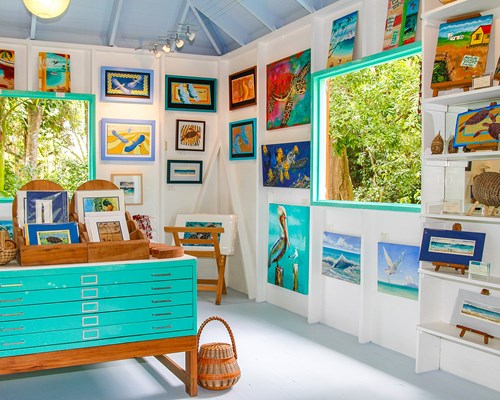
Galleries in English Harbour
The Sail Loft near English Harbour displays the wonderful watercolours of David Cadogan one of the Caribbean's leading artists. Nearby, Nancy Nicholson runs the Rhythm of Blue Art Gallery, where you can view and buy her amazing pieces of pottery. Michael Strzalkowski carves pieces from wood, stone and metals which you can view in the Scrimshaw Studio. The studio of fine artist Dina Brozzi Goodenough is worth a visit – you’ll find it on Falmouth’s main road (follow signs to the Artist Studio). Further west and surrounded by tropical gardens in the middle of rainforest, the Fig Tree Studio art gallery shows sculptures and oil paintings by Sallie Harker and works by other Caribbean artists including carvings, jewellery and ceramics.
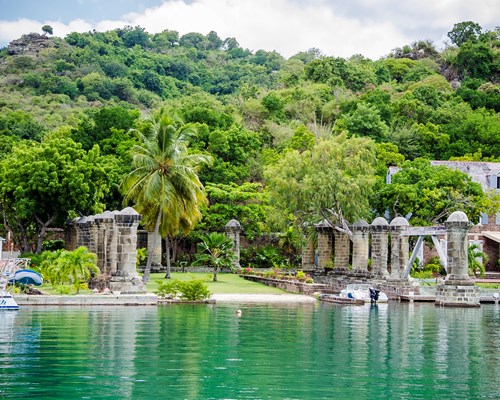
Nelson’s Dockyard
Nelson’s Dockyard in English Harbour is Antigua’s pride and joy. Built for the British Royal Navy in 1755, its size and sheltered position made it one of the Caribbean’s main British naval bases during the plantation era. Admiral Horatio Nelson was stationed here when he was 26 as Senior Captain and Commander-in-Chief of the Leeward Islands, and the dockyard has been named after him and completely restored to its Georgian glory. It now stands UNESCO-protected as the only working Georgian dockyard in existence. There is a first-class marina here, and historic 18th century buildings house shops, restaurants and hotels. The Dockyard Museum in the old Admiral’s House is filled with fascinating artefacts. Fort Berkeley, which was built to protect the harbour, can be reached from here in about a ten-minute walk.
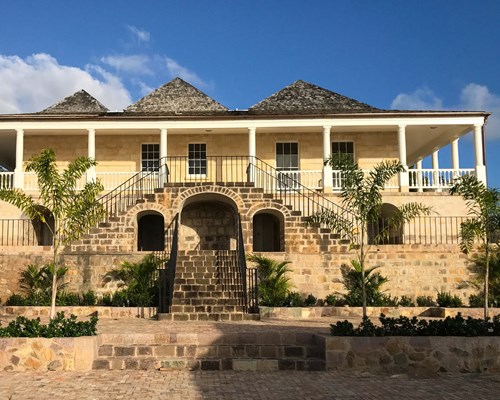
Clarence House
Built in 1783, the Palladian style Clarence House in English Harbour was once the home of the Naval commissioner, and is named after King William IV who lived here when he was an officer for Admiral Nelson (and later commissioned the building of THE Clarence House in London). Princess Margaret (who supported the restoration of the building) stayed here with Lord Snowdon in 1962. In 2016, Prince Harry officially re-opened it to be used for weddings and state functions.
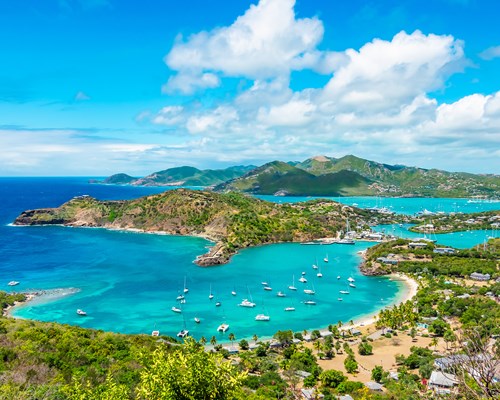
Shirley Heights Lookout
At 149 metres (490 feet), the lookout point at Shirley Heights offers breathtaking views of English and Falmouth harbours, once essential for military purposes. Today, it is the best viewpoint on the island, especially at sunset. If you're lucky, you can see the Green Flash, a brief streak of green across the sea as the sun dips below the horizon. After sunset, the twinkling lights of the harbour create a mesmerising scene. Now a tourist hotspot, Shirley Heights has a restaurant and bar, famous for its lively Sunday evenings with local bands.
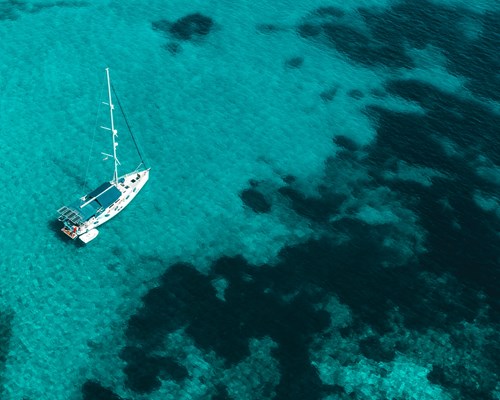
Fort Berkeley
The building of Fort Berkeley began in 1704, out on a peninsular facing English Harbour. It played an important role defending the harbour and dockyard, with 29 cannons and a powder magazine that could store 300 barrels of gunpowder. Though not much is left of the fort these days (just a cannon and ruins of walls) it’s a brilliant place to look back over the boats in the dock, and is great paired with a walk around Nelson’s Dockyard.
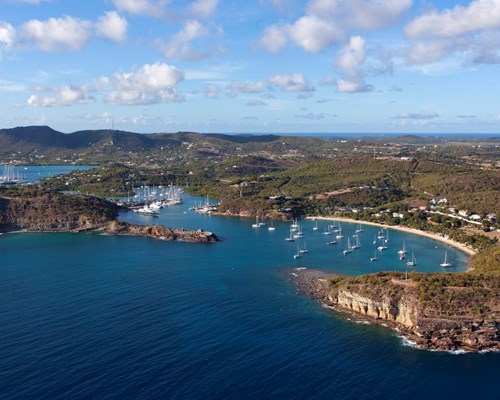
Fort George
Locals called Fort George ‘Falmouth’s Protector’, since it was built in 1689 to defend Falmouth from French attack. You’ll find it up on the top of Monk’s Hill, looking out over the UNESCO World Heritage Site of Nelson’s Dockyard. Some ruined magazines and cannon sites still remain, bearing witness to its historic past.
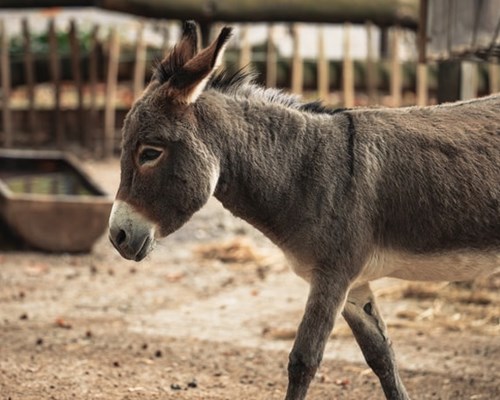
Donkey Sanctuary
Near the village of Bethesda on Eastern Antigua, the Antigua & Barbuda Humane Society looks after over 150 vulnerable donkeys. There’s almost always a gorgeously fluffy foal to meet, and all ages adore the famous Stevie. It’s possible to adopt one of the donkeys to help support its safekeeping.
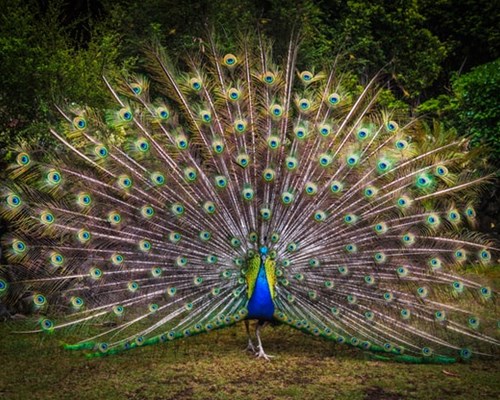
Wadadli Animal Nature Park
In the Parish of Saint Phillip’s, the Animal Nature Park is home to a number of indigenous plants and animals. Meet monkeys, peacocks, horses, turtles and geese, learn about the environment and get refreshments from the on-site restaurant. Great for a half-day out with the sprogs.
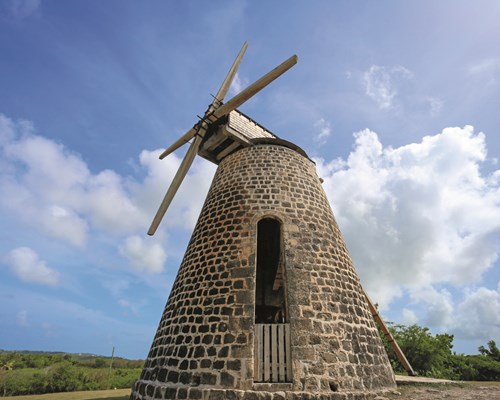
Betty’s Hope
This was Antigua’s first sugarcane plantation – the first of many – and dates back to 1674. To honour this important part of the island’s slave history, one of the windmills has been completely restored, and a small museum tells of Antigua’s past.
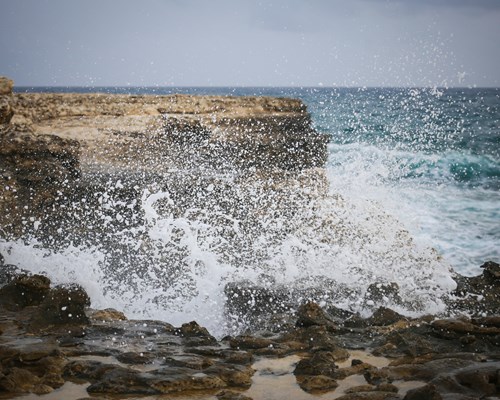
Devil’s Bridge
The Atlantic has carved a bridge from limestone rock over hundreds of thousands of years, creating a natural bridge surrounded by geysers and blowholes. Some say slaves would jump off the bridge to kill themselves, making it an important part of the island’s slave history.
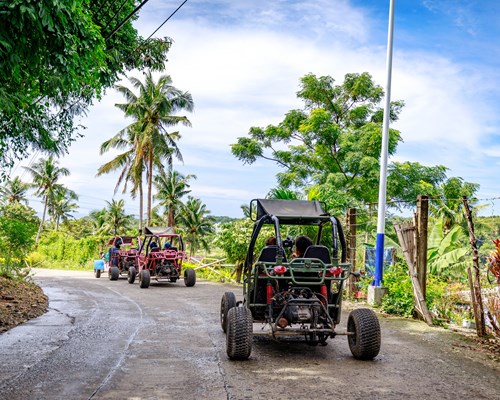
268 Buggies
268’s off-road adventures take you to small villages, hidden beaches and pretty harbours, via rainforest trails, swamp lands and scenic hills. They are based in Jennings in Saint Mary’s parish near Jolly Harbour.

